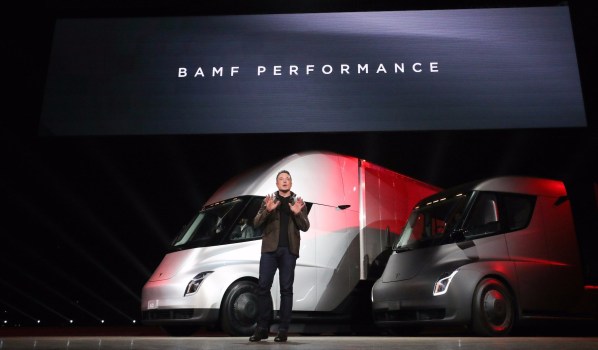
Local government fleet managers recognise that to improve health and safety and internal service you need systems that contribute in practical ways, writes Howard Crompton.
As this Government News Operational Report suggests, the importance of fleet strategy is more widely recognised throughout organisations than ever before and quite rightly too.

In the 30 years AusFleet has been serving the fleet industry, not only has fleet management itself evolved but the ever-increasing rate of technological change, legislative demands, environmental pressures and budget constraints have made a fleet manager’s life interesting and challenging.
Organisations need feature-rich systems that deliver service and information to employees across the business and in multiple locations; drivers and operators, tradespeople, senior management, finance and suppliers.
Currently, nowhere is the demand for specialised fleet systems more evident than in health and safety practice, spurred by chain of responsibility requirements and in response to initiatives such as the National Heavy Vehicle Accreditation Scheme (NHVAS). Costs of compliance can be high, but cost of failure can be higher still. The push for better outcomes may be partly responsible for the move away from managing complex, diverse fleets using what are primarily finance systems.
We’ve certainly experienced this U-turn with fleet managers in local government in particular, recognising that if you want to simultaneously improve health and safety management and internal service you need to systems that contribute in practical ways. These include:
- pre-start safety checks
- service reminders
- inspection management
- detailed work records and
- easy ways for drivers and operators to report defects and initiate repairs.
As a tool to deliver service, fleet software has benefited from the emergence of application programming interfaces (APIs) and mobile apps. While the consolidation of the mobile market into two major players – iOS and Android – may have its downsides, it has enabled technology companies to deliver quality solutions far more cost effectively than would be possible in a fragmented market.
Apps can also help reduce end user licence costs by servicing potentially thousands of users without having to purchase licences for each of them. An example is the growing demand for pool car/plant hire booking systems linked to key cabinets for additional security and convenience with less administration.
Instead of drivers using desktop applications with associated licence costs, they make bookings using an app and have the key issued automatically. Administrators retain the tools to oversee bookings and invoicing but licensing costs can be drastically reduced. Keyless entry systems take this a stage further and as hardware and installation costs fall, as we’ve seen with telematics generally, they may offer additional benefits.
Beyond system functionality, we’re finding that fleet managers are keen to engage with their suppliers more than ever. Those that do engage have greater input into product development, not necessarily through investing in custom development but also by being involved in specifications or acting as expert advisors. We find the results are usually better that way.
Like rust, technology never sleeps. We look forward to exciting times ahead.
Howard Crompton is Director of AusFleet Software.
Brought to you in association with AusFleet.
Comment below to have your say on this story.
If you have a news story or tip-off, get in touch at editorial@governmentnews.com.au.
Sign up to the Government News newsletter


Michael Andjelkovic on: Council takes on NSW government in court
jdvukovic@bigpond.com on: Council takes on NSW government in court
Tyrone Peter Fernandes on: NSW announces biosecurity appointments